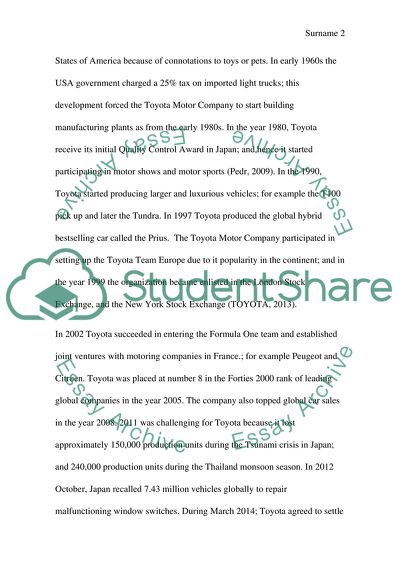Cite this document
(“The Changes in Corporate Governance of Japanese Companies Essay”, n.d.)
The Changes in Corporate Governance of Japanese Companies Essay. Retrieved from https://studentshare.org/marketing/1644382-the-changes-in-corporate-governance-of-japanese-companies
The Changes in Corporate Governance of Japanese Companies Essay. Retrieved from https://studentshare.org/marketing/1644382-the-changes-in-corporate-governance-of-japanese-companies
(The Changes in Corporate Governance of Japanese Companies Essay)
The Changes in Corporate Governance of Japanese Companies Essay. https://studentshare.org/marketing/1644382-the-changes-in-corporate-governance-of-japanese-companies.
The Changes in Corporate Governance of Japanese Companies Essay. https://studentshare.org/marketing/1644382-the-changes-in-corporate-governance-of-japanese-companies.
“The Changes in Corporate Governance of Japanese Companies Essay”, n.d. https://studentshare.org/marketing/1644382-the-changes-in-corporate-governance-of-japanese-companies.


